Australia just experienced one of the worst bush fires in its history, burning over 10 million hectares of land.
It pushed plenty of species towards extinction, with over 1.25 billion animals killed.
Fortunately, many koala populations weren’t negatively impacted by the fires, but they are already listed as vulnerable in many areas of Australia.
Install MyStart Theme for Google Chrome
After the fire, there is even more pressure on these animals in south-east Queensland and northern New South Wales (NSW). 30% of their habitat has been destroyed by the bush fires, which are why there needs to be more work done to stop the dangers to koalas.
Australia just experienced one of the worst bush fires in its history, burning over 10 million hectares of land. It pushed plenty of species towards extinction, with over 1.25 billion animals killed.
Fortunately, many koala populations weren’t negatively impacted by the fires, but they are already listed as vulnerable in many areas of Australia. After the fire, there is even more pressure on these animals in south-east Queensland and northern New South Wales (NSW). 30% of their habitat has been destroyed by the bush fires, which are why there needs to be more work done to stop the dangers to koalas.
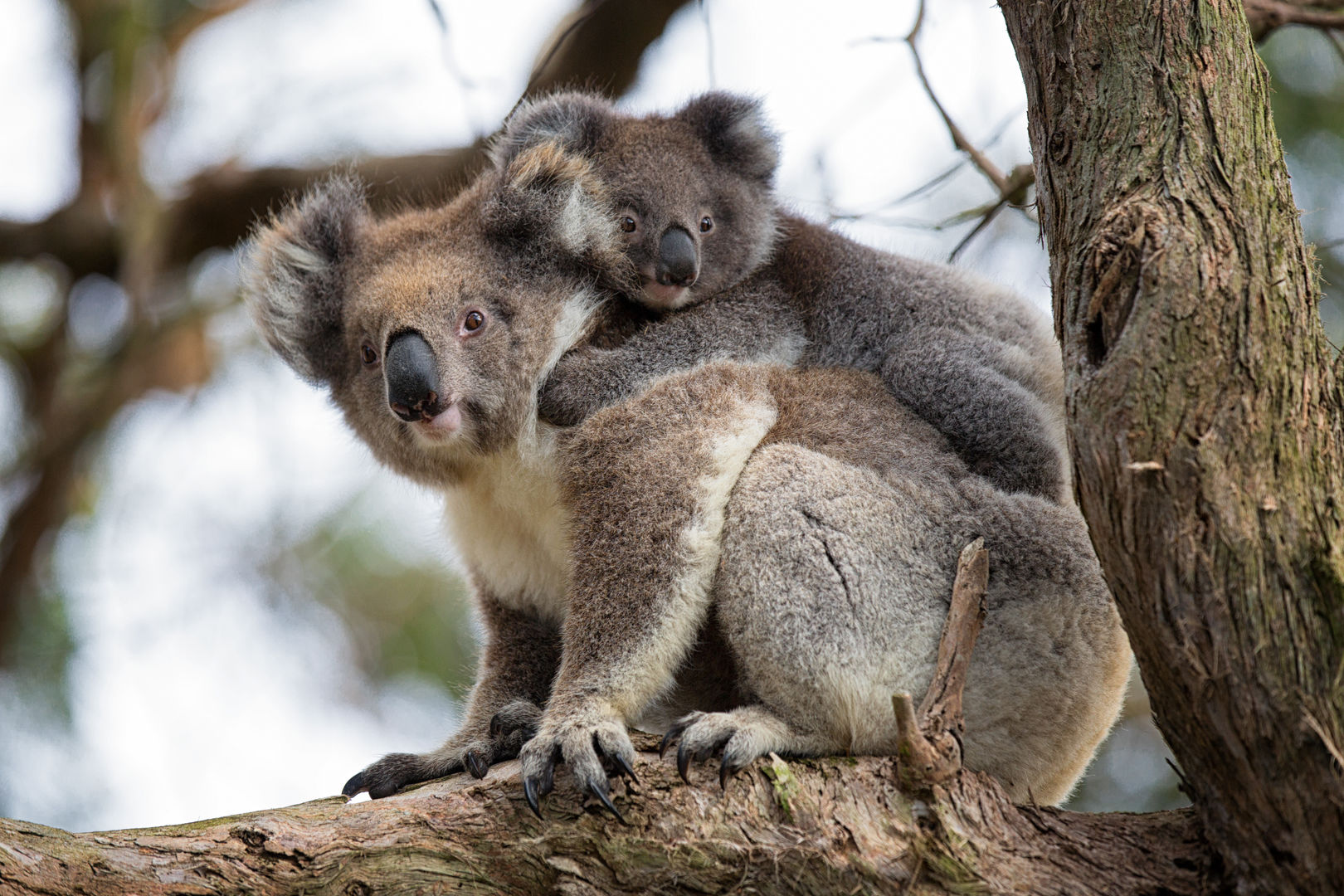
Here are some of the most common dangers to koalas that should be considered carefully.
1. Loss of Habitat
Humans have cleared off a huge chunk of land for housing, factories, agriculture, roads, mining, and other settlement needs. However, the consequences of modern convenience have greatly impacted the koala population. Many eucalypt forests have been cleared. Eucalypt leaves are the main diet of the koalas.
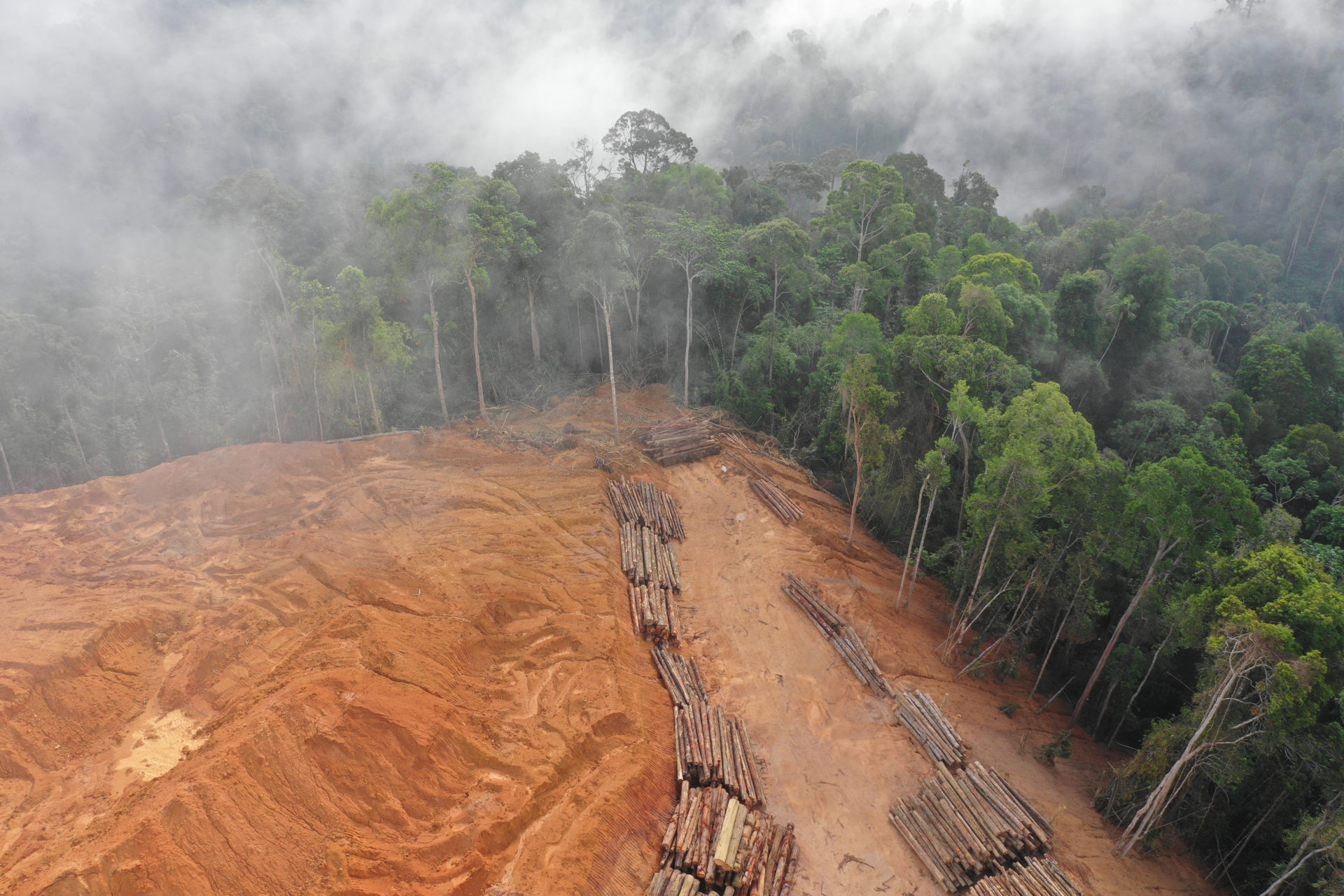
The clearing of forests also means the following issues:
- Increased human disturbance
- Increased risk of death or injury from traffic
- Increased risk of death or injury from cats or dogs
- Increased risk of garden pesticides in the waterway
- Increased competition for territory and food
- Increased stress for animals
- Overcrowding
- Increased risk of disease
2. Traffic and Dogs
With the clearing of habitats, traffic and dogs turn into a serious threat for koalas. Each year, around 4000 koalas are killed by dogs and cars. More than 80% of car hits are fatal for koalas. To reduce this statistic, drivers need to observe koalas crossing signs and speed limits.
3. Bush Fires
Australia is affected by bush-fires every single year. The fire of 2019 has been one of the biggest dangers to koalas. If there is a koala population caught up in a bush fire, the entire colony is at risk of being wiped out. Even a single fire can be detrimental to the population. With increasing climate change, the bush fires are growing bigger every year. It is important to control fires quickly and effectively to limit their destruction.
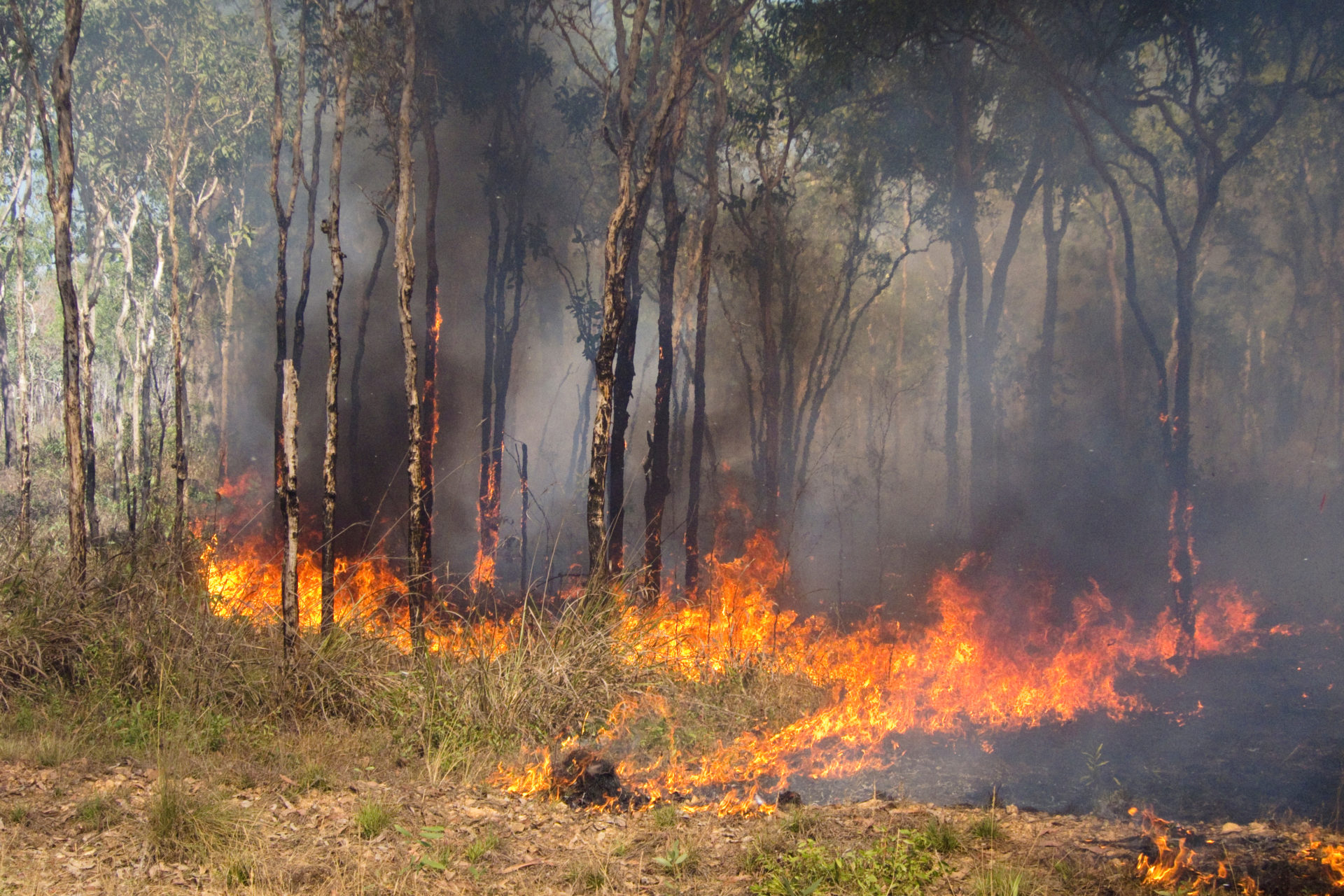
4. Disease and Illness
Chlamydia is a really common disease among koalas and can be really detrimental to the Koala population. Firstly, Chlamydia can cause conjunctivitis in koalas, which can lead to urinary tract infections, pneumonia, blindness, and reproductive tract infections. It is also a leading cause of female infertility in koalas, which can impact the number of koalas in the future. Chlamydia can also cause chest infections, sore eyes, and “dirty tail” or “wet bottom.”
While Chlamydia is generally harmless where there are unlimited resources to deal with it, it can be harmful in times of stress. To elaborate on this, stress for koalas can occur during bush fires and when they start to lose their habitat.
As a solution, disease-free koalas were moved to other areas. However, there either wasn’t enough space to support them, or they were not native to those areas, which can also cause problems. These places may suffer from overpopulation, which can cause stress over territory and food. Such stress can also impact the population of koalas and the environment they reside in.
Koalas can also suffer from skin cancers and leukemia.
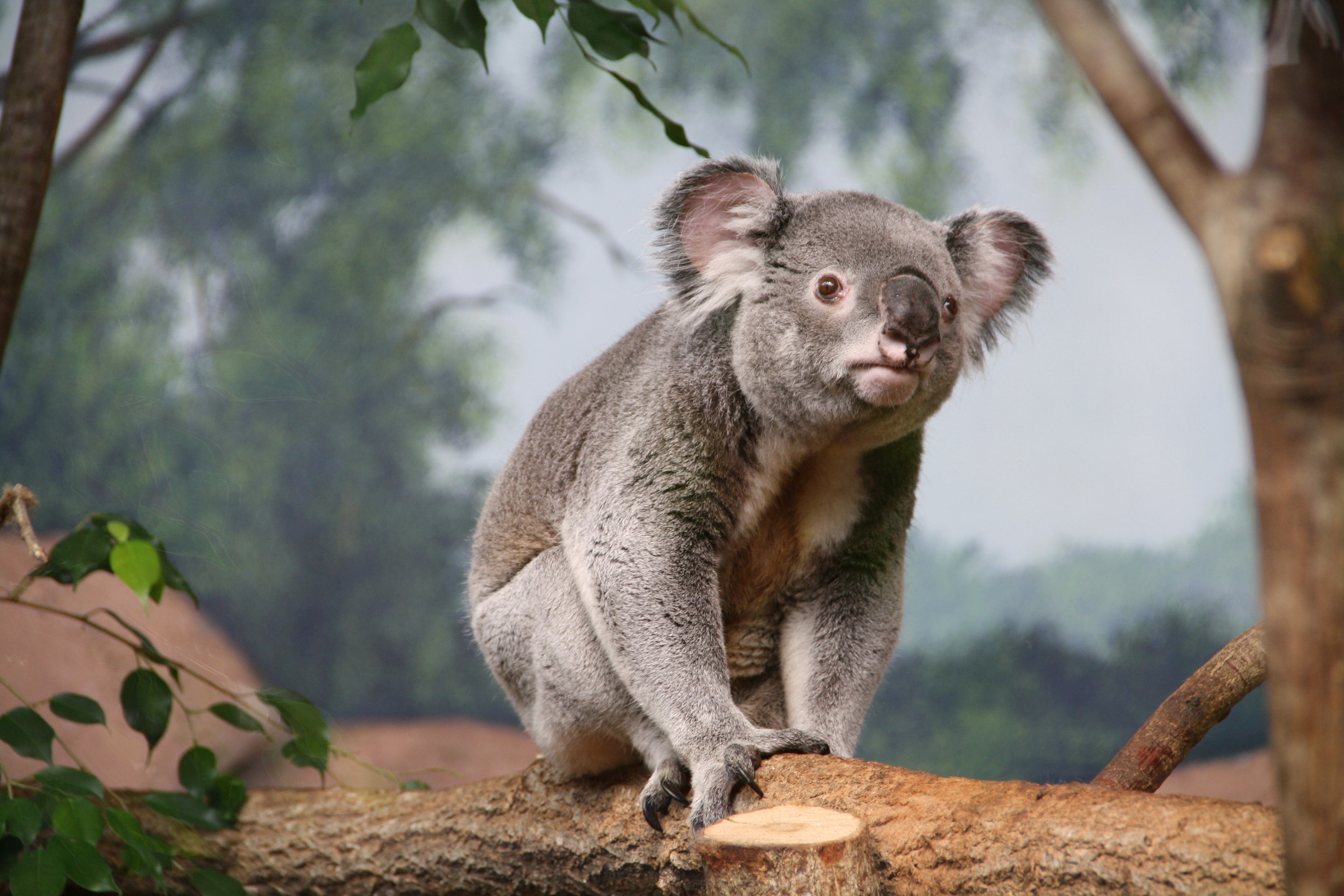
5. Dieback
Dieback is one of the biggest dangers to koalas. It is a term used for the slow death of trees due to factors such as changes in vegetation communities, land degradation, rising underground water levels, leaching of soil nutrients, salination, increased exposure to weather, erosion, and excessive defoliation.
Such changes in the ecosystem can impact the balance of the ecosystem, which can cause dieback. Land that was originally covered by vast amounts of forest has been converted into patches of forests that are separated by land without trees. These isolated, small patches of forest face an increased risk of dieback due to changes in the environment.
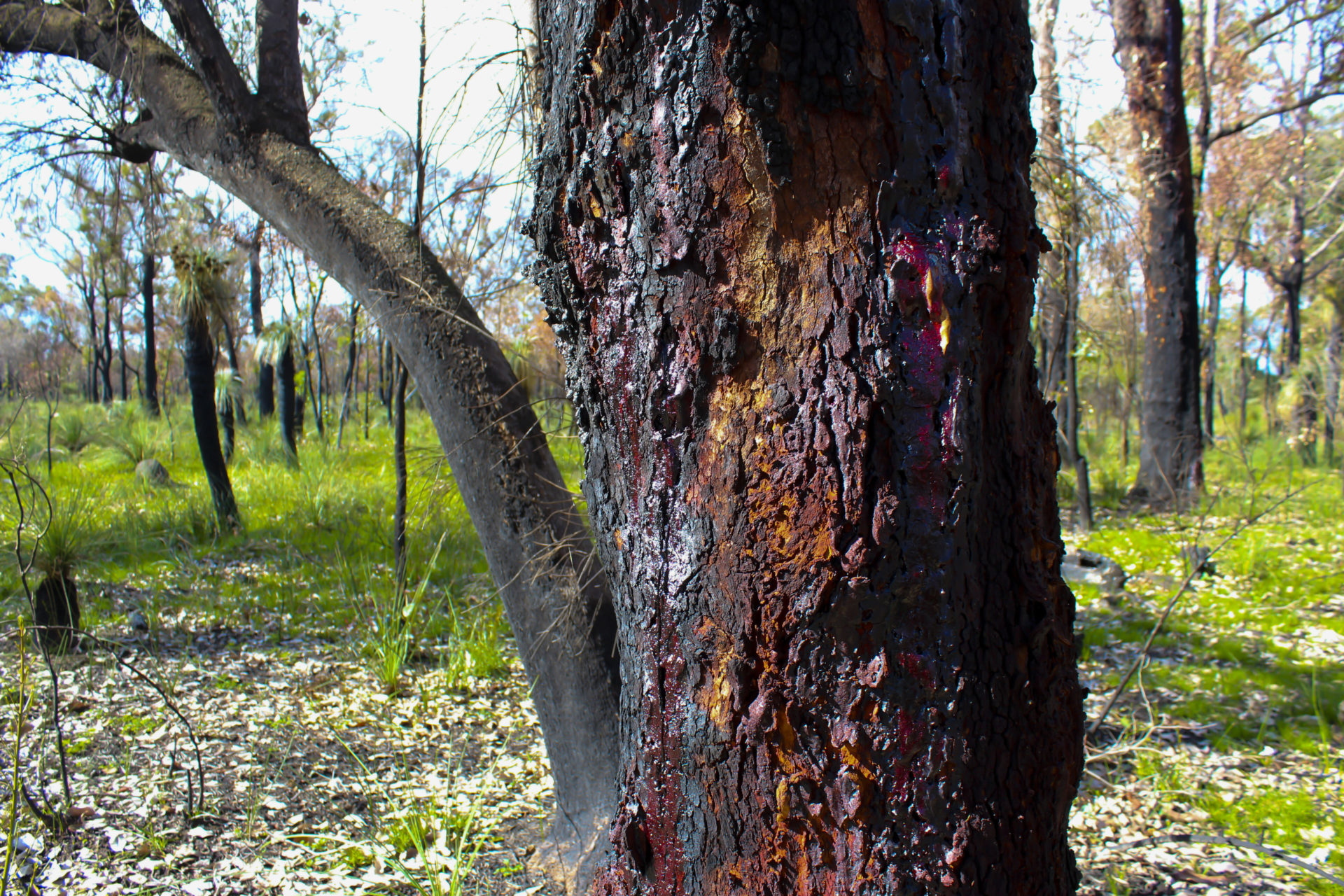
Due to the increased disturbance and clearance of forests, 75% of koala food tree species are gone. This can greatly impact the population of koalas in the area who depend on this food. With low food sources, there will also be increased stress among the population over food and territory.
6. Increase in Carbon Emissions
Scientists have found that an increased level of carbon dioxide is negatively impacting the nutrient level of the eucalyptus and other trees. It is also boosting the level of the toxic tannic content of the leaves. This can have serious implications on the koala population that only survive on gum tree leaves.
7. Koala Handling
The tourism industry of Australia used to allow tourists to handle koalas. However, new laws in many states dictate that it is now illegal to handle koalas. This is because koalas can get stressed if they are handled by humans they don’t know. They have a natural fear of humans and should not be hugged by tourists at all. Koala handling is still allowed in some states, which can put immense stress on the animal.

8. Other Dangers
Another danger to koalas is natural predators. Previously, they did not make a significant impact on the wild population but actually helped to regulate overpopulation. However, with so many other dangers already affecting the koala population, wild predators do not help.
Koala predators include wedge-tailed eagles, pythons, powerful owls, and dingoes. Foxes and feral cats are also known to prey on juvenile koalas. During times of drought, these animals are more likely to prey upon the koala population.
Respect for all animals and their habitats should be a top priority of humans. Our behavior and actions toward the planet are the leading dangers to koalas.
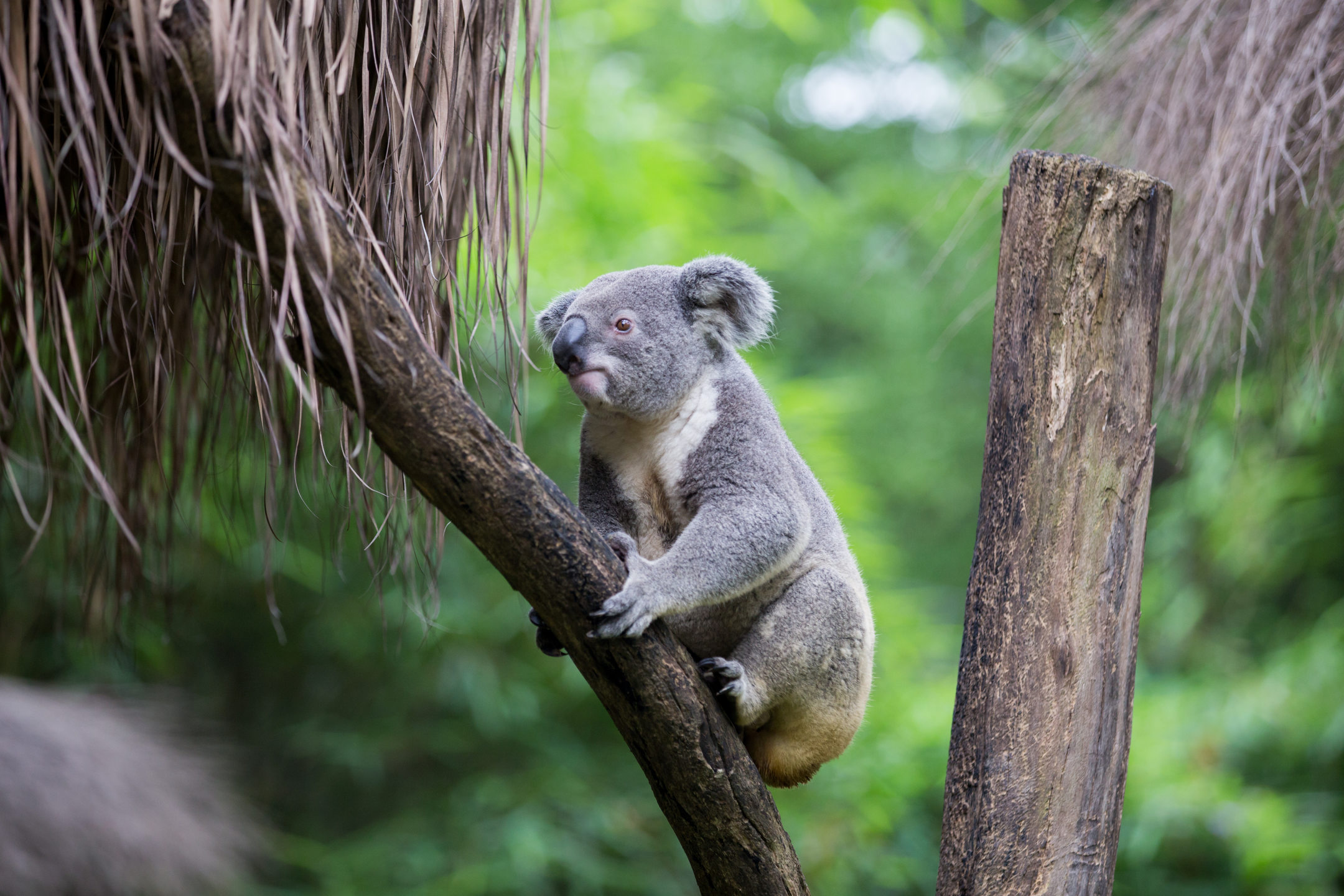
Install MyStart Theme for Google Chrome










